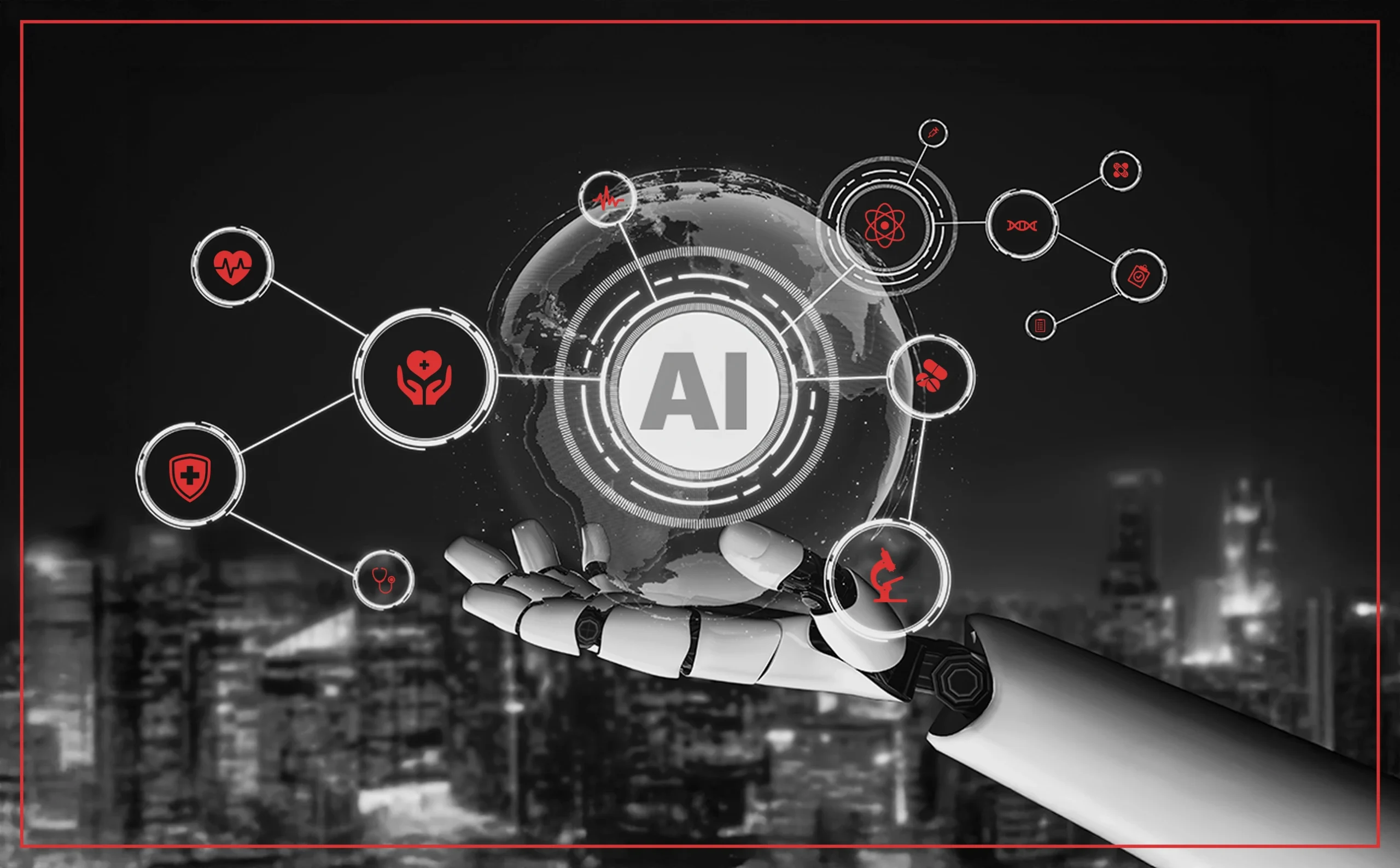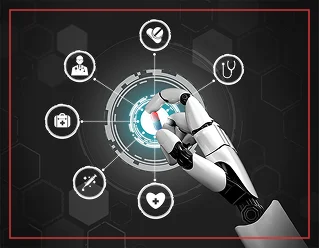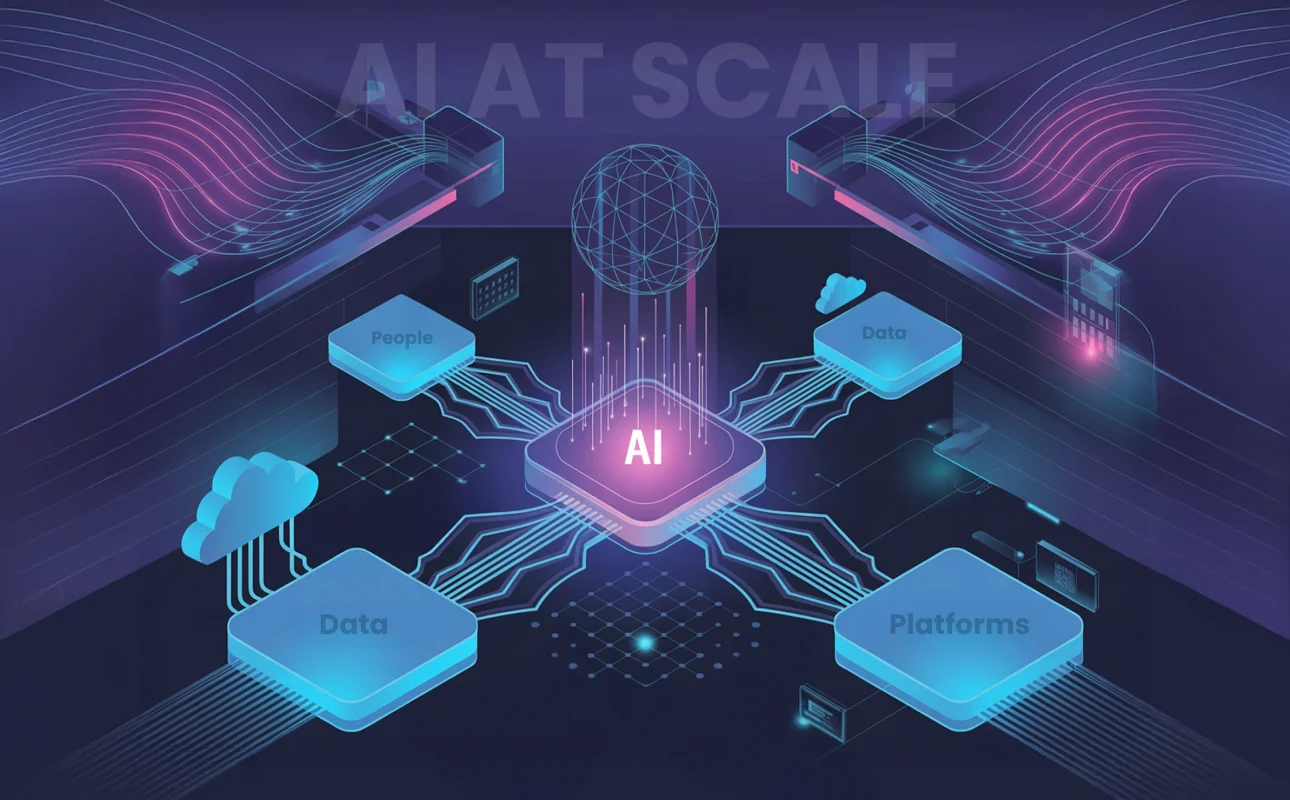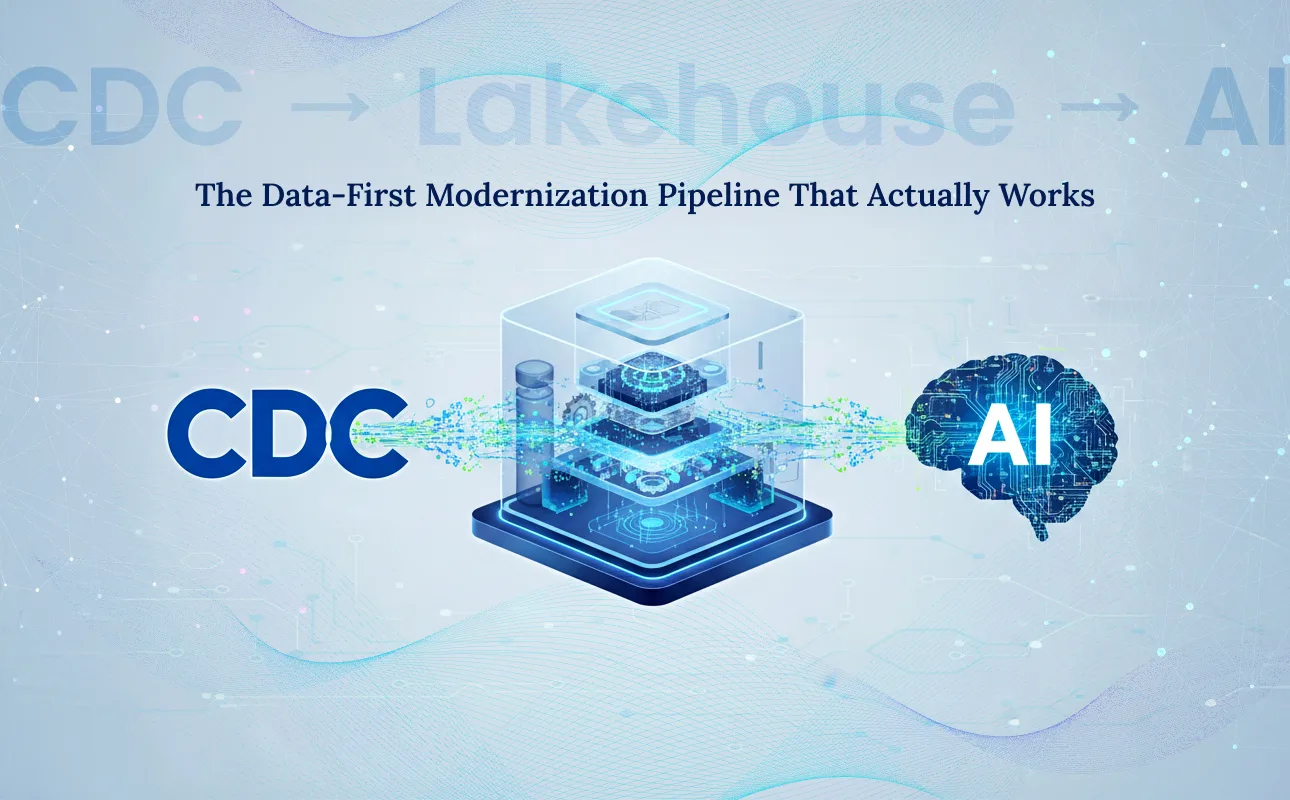The healthcare industry is based on trust, urgency, and accuracy. But for decades, doctors, nurses, and healthcare administrators have had to deal with problems like too much paperwork and systems that don’t talk to each other very well. Patients’ hopes have also grown. Patients in modern times expect care given by healthcare centers and hospitals to be faster, better, and more suited to their needs. This puts a lot of pressure on a system that is already too full.
Now think about how nice it would be if some of that stress could go away on its own.
Generative AI, once just a buzzword in tech circles, is now quietly rewriting the rules in hospitals, clinics, and labs across the globe. We’re not talking about replacing healthcare professionals but empowering them. We are giving healthcare workers tools that help them instead of controlling them. These systems are meant to learn, change, and improve the health of patients. To be honest, this change is happening more rapidly than many think.
Let’s take a deeper look at how Generative AI is transforming healthcare, what’s working, the returns it’s bringing, and what we should all be thinking about next.








